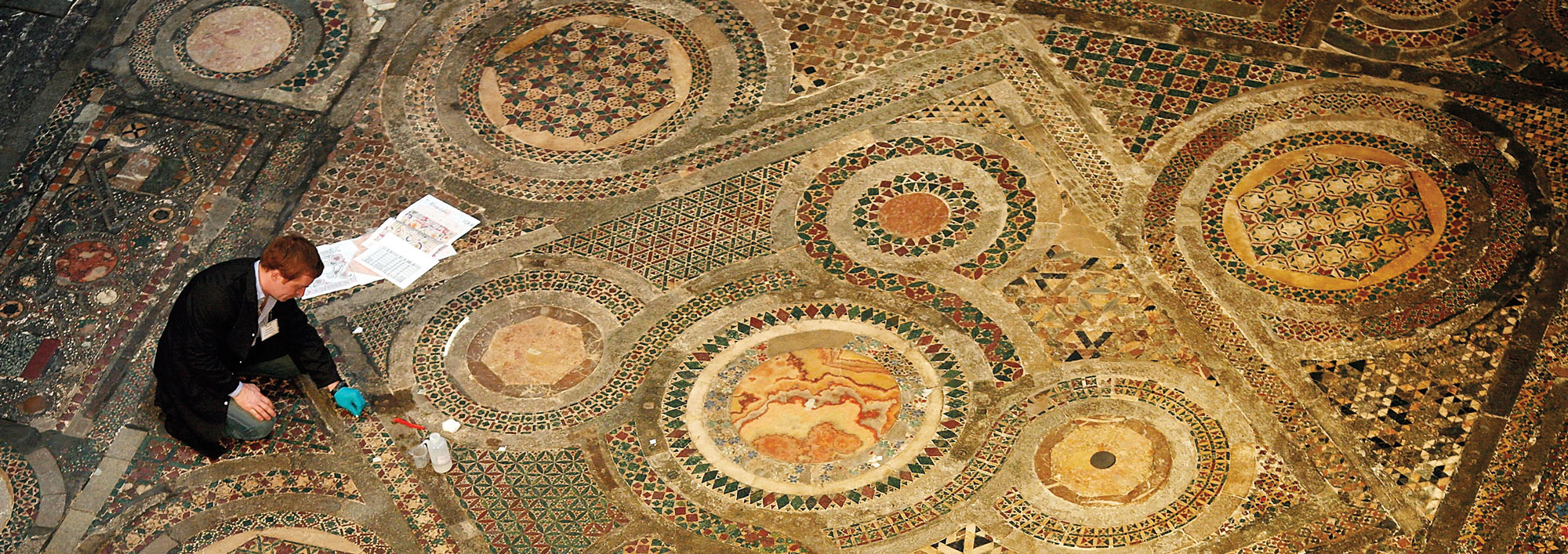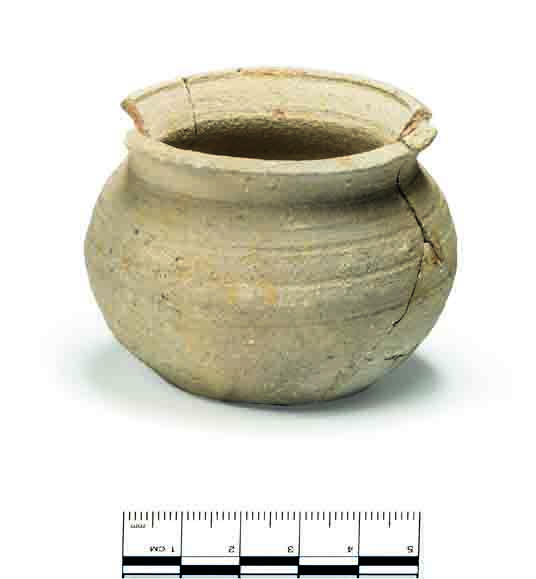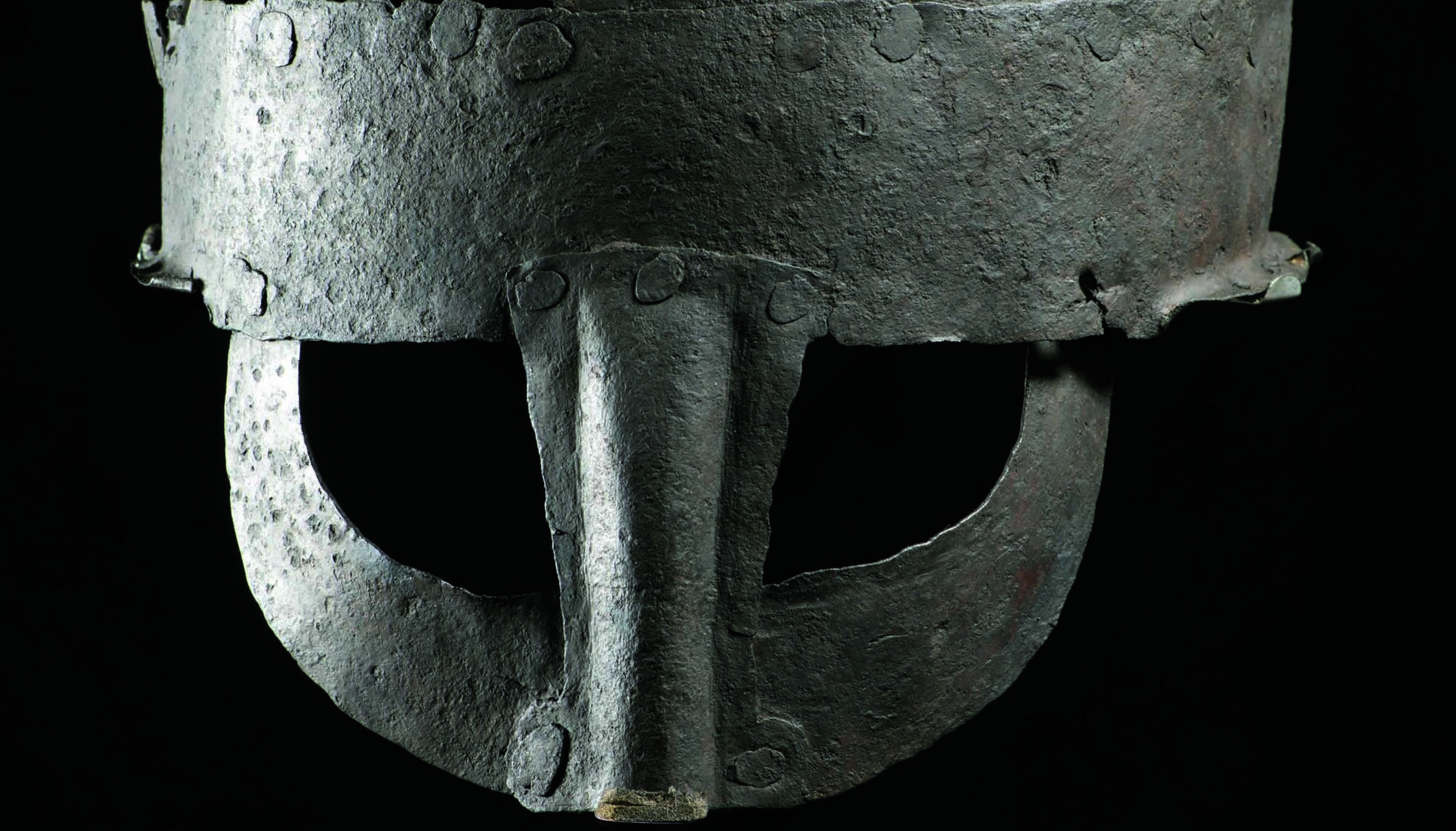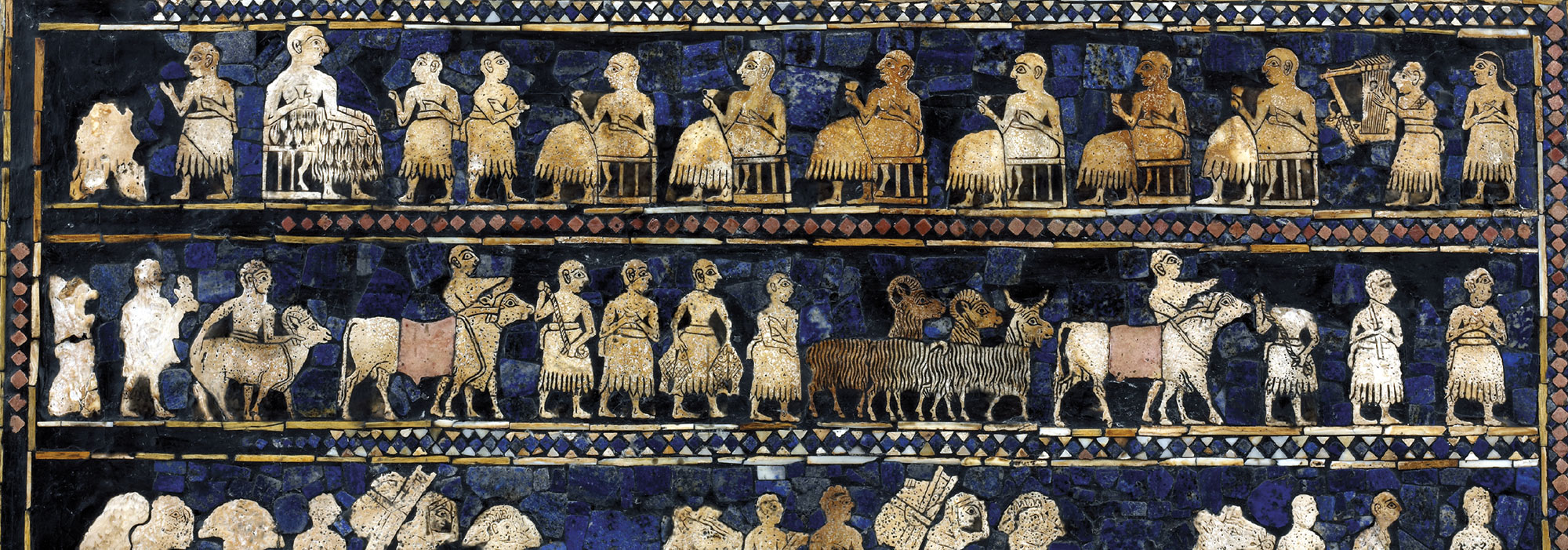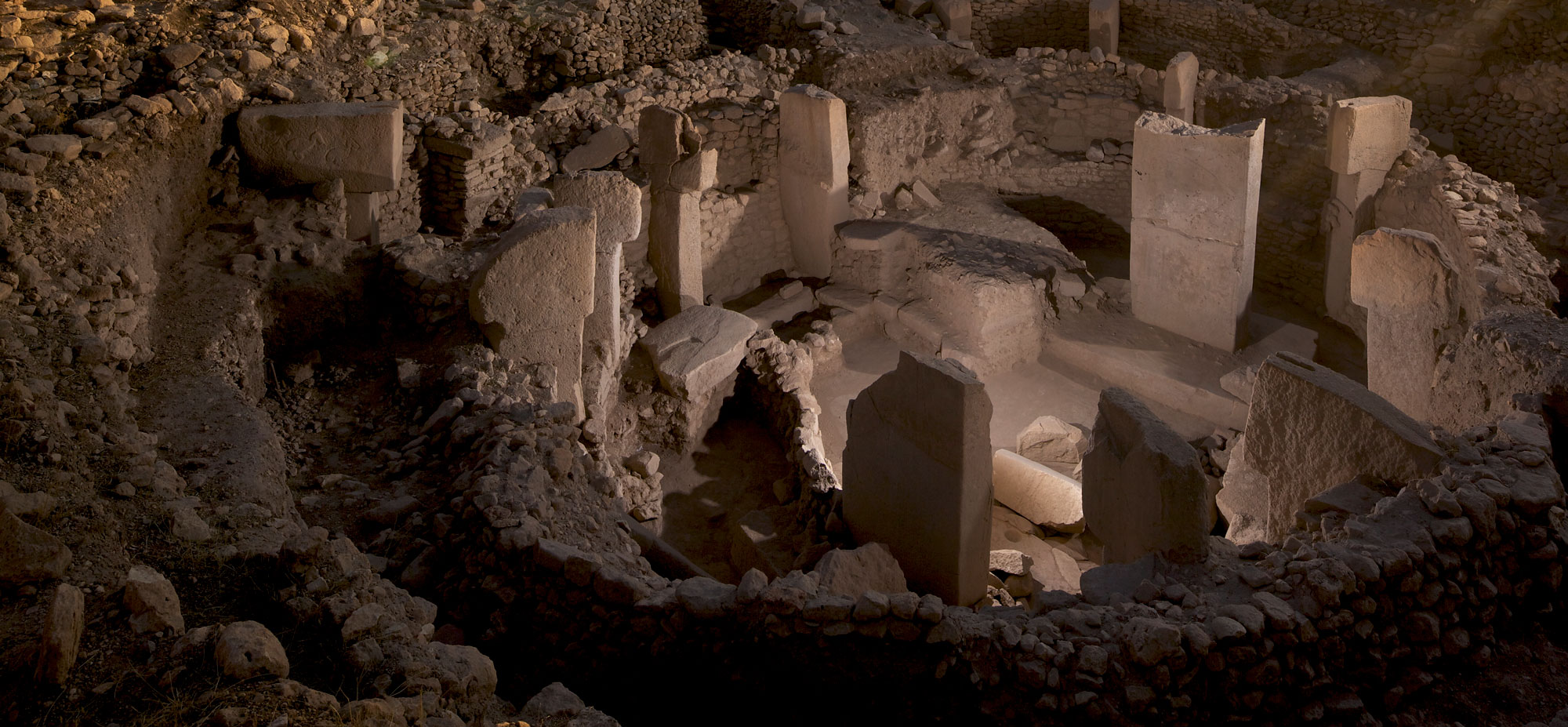
CAMBRIDGE, ENGLAND—According to a Gizmodo report, a team of archaeologists led by Piers Mitchell of the University of Cambridge suggests that a rise in the occurrence of hallux valgus, or bunions, could be attributed to the late-fifteenth century fashion for wearing poulaines, a type of shoe with a long pointy toe. An examination of skeletons from a charity hospital cemetery, a friary, a parish graveyard, and a rural burial ground all located near Cambridge, England, revealed that overall, only six percent of people buried between the eleventh and thirteenth centuries exhibited signs of bunions, while 25 percent of skeletons dated from the fourteenth through fifteenth centuries had the condition. More than 40 percent of those buried at the friary, where the wealthy were buried with clergy, showed signs of bunions. This prevalence of the condition among the elite may reflect an inability to perform much work while wearing poulaines. “We were most impressed by the fact that older medieval people with hallux valgus also had more fractures than those of the same age who had normal feet,” Mitchell added. “This matches up with modern studies on people today who have been noted to have more falls if they have hallux valgus.” To read about a fourteenth-century child's shoe uncovered beneath the streets of Saint-Ursanne, Switzerland, go to "Medieval Baby Bootie."


